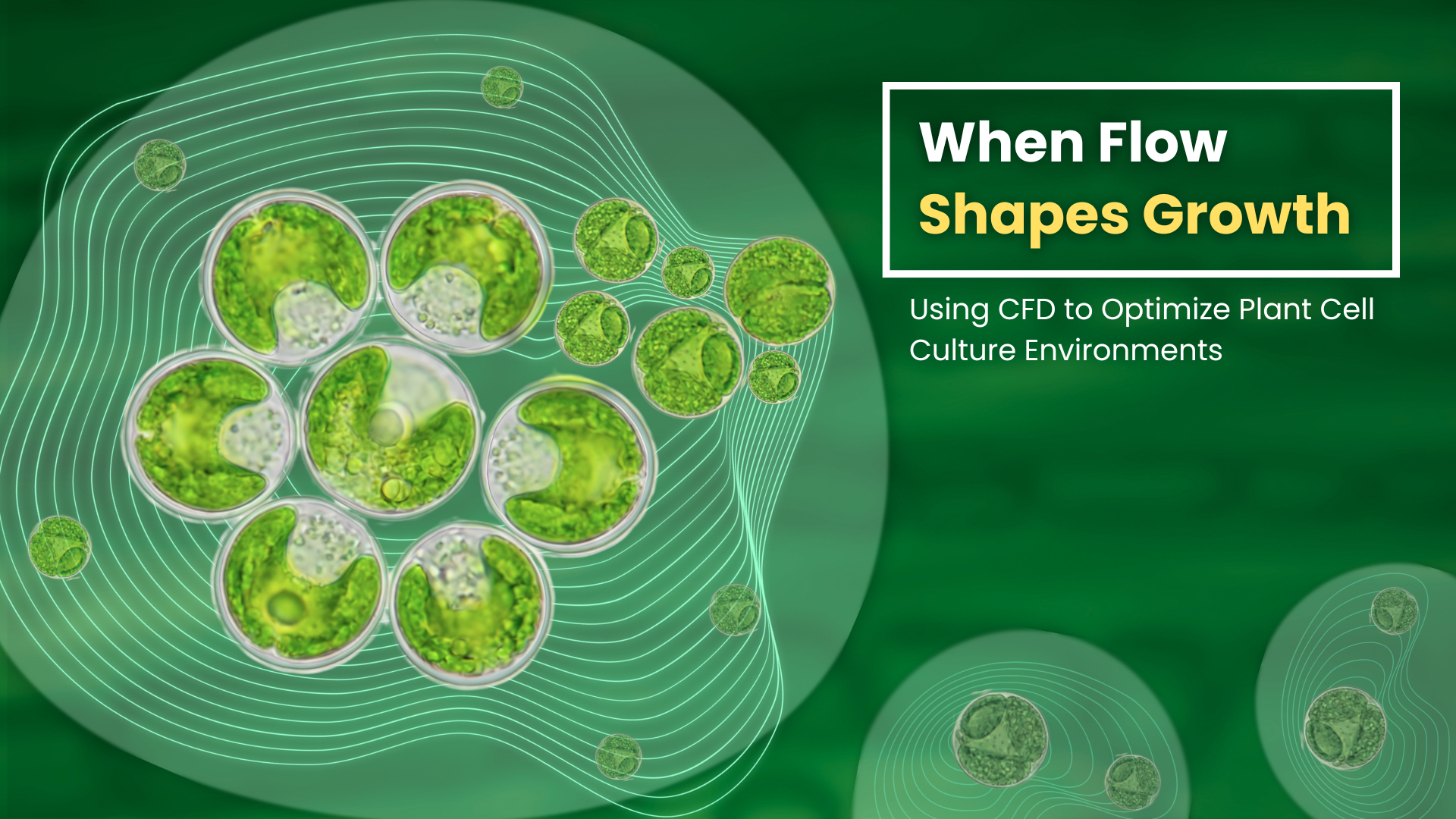
Opposites attract. Or do they? This doesn’t seem to be the case for emulsions, where two liquids with different properties just don’t mix.
An emulsion is a mixture of two immiscible liquids, like oil and water. Immiscible means that the two liquids don’t mix. Emulsions find use in the food industry, in the cosmetics industry, and in the pharmaceutical industry.
At the macro level, that is, at a larger size, emulsion formations are well-explored. However, at the micro level, or, at smaller sizes, the process is more complicated.
In the field of microfluidics, which involves the study of fluids at the microscale, microfluidic droplets are tiny, discrete volumes of fluid that are generated, studied, and manipulated within microfluidic devices. Microfluidic droplets are generated in the form of emulsions at the micro scale. The advantage of microfluidic droplet generation is that it allows for precise control over the droplet size, formation rate, and uniformity.
At the micro scale for emulsions, a robust in situ (in the original place) method to continuously reform existing emulsions is unavailable.
A phenomenon known as polydispersity comes into play. Polydispersity means that the droplets are non-uniform in size. The main aim of scientists working with emulsions has been to develop methods to improve the transition from polydispersity to monodispersity. Monodispersity plays an important role in the cosmetic, food, and pharmaceutical industries. It helps in ensuring consistent behaviour, such as uniform drug delivery, controlled reactions, etc.
There are several drawbacks in the existing methods to create monodisperse droplets. First, even though droplet characteristics can be controlled in situ at the breakup location, the dynamic control via flow rate modification has a longer response time due to the elasticity of the liquids and the boundaries. Second, although the existing techniques can manipulate in situ passive generation, they can’t reform the existing emulsions. Third, the existing techniques can’t reconstruct the polydisperse emulsions into monodisperse droplets without implementing droplet sorting or losing a part of the emulsion.

In this study, the authors Mr. Lokesh Malik, Mr. Subhas Nandy, Mr. Niladri Sekhar Satpathi, Mr. Debasish Ghosh, and Prof. Ashis Kumar Sen from the Micro Nano Bio Fluidics Unit, Department of Mechanical Engineering, Indian Institute of Technology (IIT) Madras, Chennai, India, and Prof. Thomas Laurell from the Division of Nanobiotechnology, Department of Biomedical Engineering, Lund University, Lund, Sweden, have come up with a continuous flow acousto-microfluidics technique which enables simultaneous trapping-coalescence-splitting of droplets to reform an existing polydisperse emulsion into size-controlled droplets with improved monodispersity.
By regulating the acoustic (acoustics is a branch of physics that deals with the study of mechanical waves in gases, liquids, and solids including vibration, sound, ultrasound, and infrasound) power, without altering hydrodynamical parameters, the response time is improved, and it facilitates continuous nozzle-less clogging-free droplet generation from a liquid plug in a chamber instead of from a liquid stream at a narrow junction.
The current study paves the way for in situ modifications of existing emulsions by offering sophisticated control over the droplet characteristics with a faster response time and integrated downstream operations.
The proposed method could also serve as a tool to chemists and biologists for reforming polydisperse or heterogeneous drops encapsulating target entities and/or mixing of drops for studying the effect of reagents on target entities in a monodispersed format.
Dr. Suman Chakraborty, Professor and Sir J C Bose National Fellow, from the Indian Institute of Technology (IIT) Kharagpur, Kharagpur, India, pointed out the importance of this study with the following comments: “One main goal of droplet-based microfluidic systems is to produce size-controllable monodispersed drops. While there are already several methods for creating an emulsion with the desired properties, there was no reliable method for reforming the properties of an already existing emulsion. The suggested technique offers greater homogeneity and size control by reforming an existing emulsion in situ using ultrasonic-based trapping-coalescence-splitting processes. With the use of this technology, biologists and chemists may be able to manipulate the properties of emulsions with different size ranges and polydispersities and investigate how reagents affect target entities in a monodispersed format.”
Article by Akshay Anantharaman
Click here for the original link to the paper










